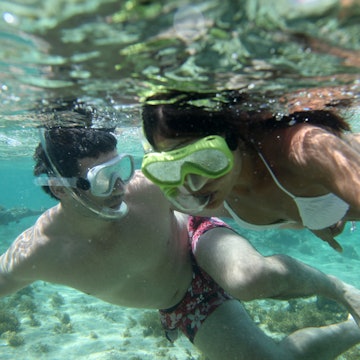

Sunrise over Seven Mile Beach, Grand Cayman. Words As Photos/Shutterstock
The Cayman Islands are a postcard-perfect escape, and while those beaches are tempting enough to keep you put, there’s so much more waiting to be discovered. Dig a little deeper and you’ll uncover coral-covered shipwrecks, rare parrots in forest reserves, kayak trips to secluded islands, and limestone caves filled with pirate legends.
Grand Cayman boasts the big hitters, from Stingray City to the famous Seven Mile Beach, while Cayman Brac and Little Cayman add wild cliffs, quiet beaches and off-the-grid adventures. Whether you’re here to snorkel, hike or feast, these experiences capture the best of the Cayman Islands.
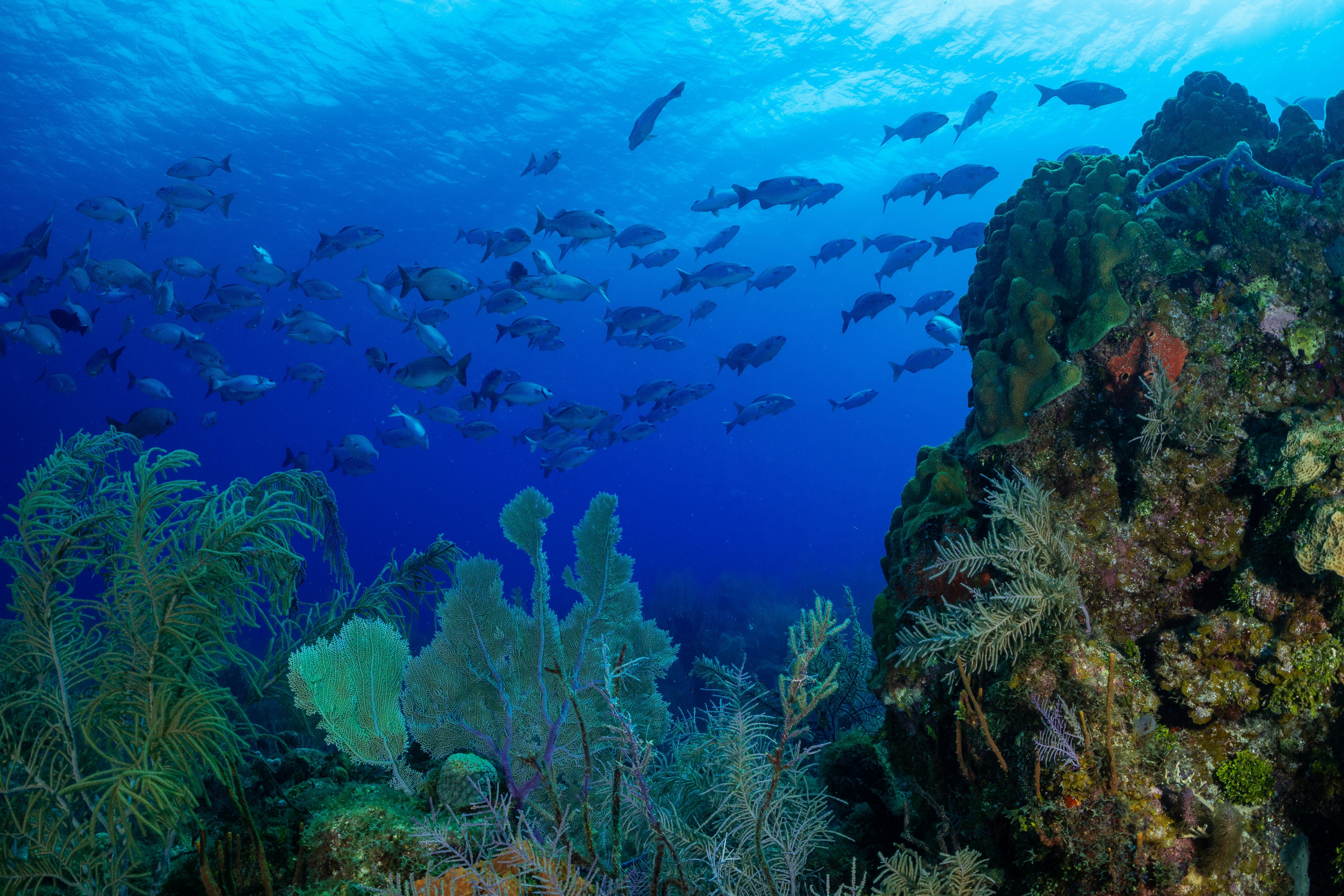
1. Snorkel the Bloody Bay Wall in Little Cayman
The Bloody Bay Wall, located within Little Cayman’s Bloody Bay Marine Park, is widely regarded as one of the Caribbean’s most breathtaking underwater sites.
Just a short swim from shore, this dramatic coral drop-off plunges thousands of feet into the Caribbean Trench, forming a towering underwater wall teeming with vibrant corals, fan corals and a dazzling array of tropical fish.
Snorkelers, typically at depths between 30 to 60ft, glide past colorful reef fish such as yellowtail snapper, French and queen angelfish, alongside turtles resting near sponges and moray eels tucked into crevices.
Divers explore iconic sites like Marilyn’s Cut, Randy’s Gazebo, the Great Wall and Barracuda Bight, enjoying swim-throughs, sponge gardens and frequent sightings of pelagics, including eagle rays and sharks.
As a protected marine sanctuary, the park’s rich biodiversity remains pristine. Dive operator Ocean Frontiers runs day trips to Bloody Bay.
Planning tip: The dry season (December to May) offers the clearest visibility. Aim for early morning tours and plan to spend at least half a day there.
2. Hike (or rappel!) the Bluff on Cayman Brac
The Bluff on Cayman Brac is the highest point in the Cayman Islands, measuring about 141ft above sea level. Hiking its rugged trails (the primary trail is the 2.5-mile Lighthouse Footpath) rewards you with views of the turquoise Caribbean and jagged coastline framed by swaying palms and bright wildflowers.
For a rush of adrenaline, local outfitters such as Rock Iguana Ltd offer a guided rappelling and climbing experience down steep limestone cliffs – an uncommon thrill in the Caribbean. Visit at sunset to see the sky blaze with pink, orange and purple.
Detour: About a 5- to 7-minute drive north of the Bluff, Skull Cave is known for its distinctive skull-shaped entrance and resident bats.
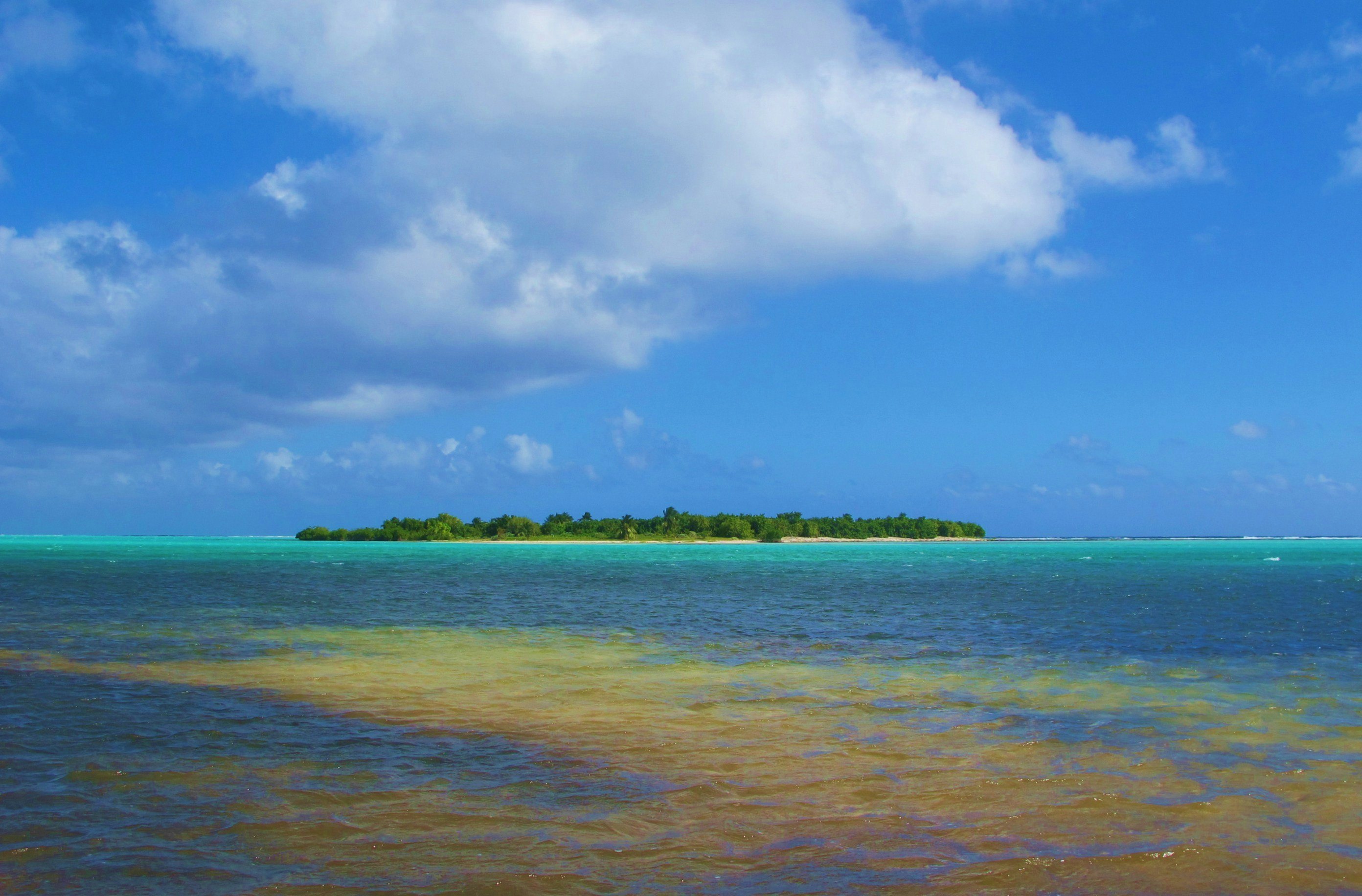
3. Kayak to Owen Island to escape the crowds
Looking for some solo time? Owen Island perfectly fits the bill. This tiny, privately owned cay off Little Cayman’s south coast is a true off-the-beaten-path escape, with pristine white-sand beaches fringed by sea grape trees and dense coastal scrub.
Wild vegetation shelters native birds including the Caribbean elaenia and migratory shorebirds, while the surrounding coral reefs teem with queen angelfish, hawksbill turtles and spotted eagle rays.
Though accessible by boat, renting a kayak from the nearby Southern Cross Club and paddling across calm, shallow waters adds an extra layer of adventure.
Planning tip: There are no facilities on the island, so be sure to pack your essentials, including water and a snack.
4. Wander the Queen Elizabeth II Botanic Park
Set on Grand Cayman’s quiet east end, Queen Elizabeth II Botanic Park is home to the endangered blue iguana, a native species that dwindled to fewer than 30 in 1990. But thanks to a successful breeding program, their numbers have rebounded to over 1000.
While you may spot iguanas roaming the grounds, the best chance to see them up close is at the breeding center, where protected enclosures are visible through small viewing windows.
The park also showcases a diverse collection of tropical plants, including towering palms and giant agave. Its well-maintained walking trails meander through forested areas, wetlands and manicured gardens, offering a chance to explore the island’s varied ecosystems in one spot.
Visit in spring to catch the Orchid Garden bursting with color. The Heritage Garden highlights native plants and offers insight into the island’s cultural history.
Planning tip: The park is open daily from 9am to 5:30pm (except holidays). The visitor fee is CI$20 (US$25) for adults and CI$10 (US$12.50) for children.
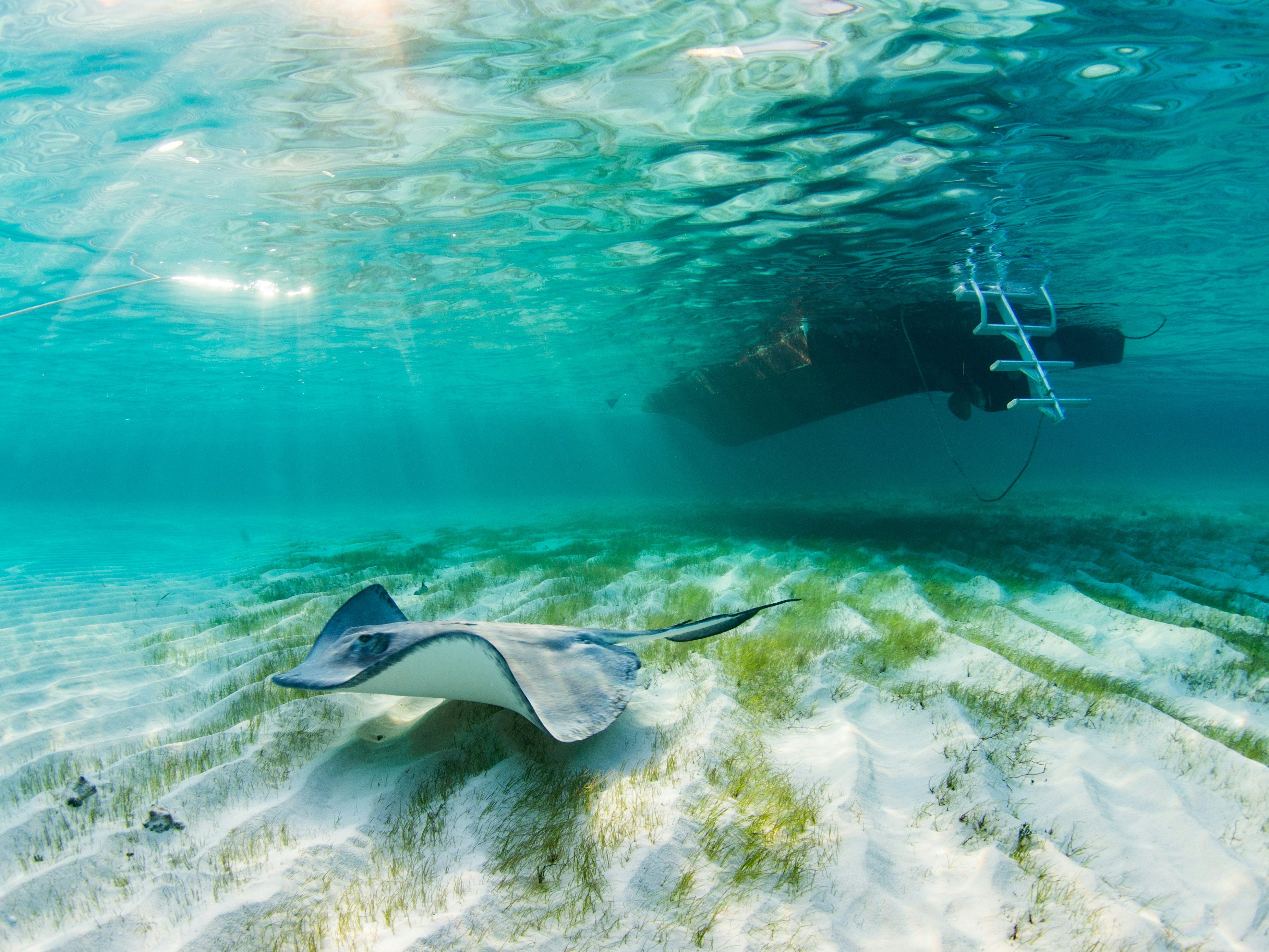
5. Swim with southern stingrays at Stingray City
Stingray City is one of the Cayman Islands’ most iconic (and understandably crowded) attractions. In the shallow, glassy waters of Grand Cayman’s North Sound, dozens of velvet-smooth southern stingrays glide around your legs.
These wild rays have gathered here for decades, originally drawn by fishers cleaning their catch.
Remember, these stingrays are wild and not enclosed. Follow the tour guide's instructions to avoid doing anything that could hurt or harm the animals. Shuffle your feet as you wade in to avoid stepping on any rays resting in the sand. They’re gentle creatures, but remember it’s their turf.
Guides sometimes recognize individual rays by name, each with its own personality. Some tour operators even combine the visit with a kayak through the neighboring mangroves, giving you a different perspective on the calm, protected North Sound.
Planning tip: For the best experience, book an early morning midweek visit when the sandbar is quieter and there are fewer tour boats. Book in advance, especially during cruise ship season (December to April).
6. Explore Crystal Caves in Old Man Bay
A half-day trip to Grand Cayman’s Crystal Caves on the island’s eastern shore offers a cool and captivating break from the beaches.
These limestone caves boast intricate formations of stalactites and stalagmites sculpted over thousands of years, some resembling delicate chandeliers or towering columns.
Guided tours delve into the caves’ history, including legends of pirates who supposedly used them as secret hideouts and smuggling routes from the late 1600s to early 1700s.
For those who prefer a later adventure, the special night tours highlight the resident bat colony, where the fluttering wings and high-pitched calls create an eerie atmosphere. These tours end with dinner under the stars.
Planning tip: The cave floor is somewhat uneven, so comfortable walking shoes are a must.

7. Lounge (or party) on Seven Mile Beach
Seven Mile Beach is Grand Cayman’s crown jewel and undoubtedly one of the Caribbean’s most famous shorelines. With its soft, powdery white sand and calm turquoise waters, it can get busy, especially around resorts and on weekends.
To savor a quieter vibe, head to the northern end near the Kimpton Seafire Resort during weekday mornings when the beach feels almost private. Bring your snorkel gear to explore colorful reefs teeming with tropical fish just offshore.
As the sun sets, the atmosphere shifts: beachfront bars like the Bonny Moon Beach Club have a DJ and expertly crafted cocktails, while venues like Coccoloba (a popular Mexican spot) turn up the energy with live music and dancing on certain nights.
8. Spot the endangered Cayman Brac Parrot in the wild
The 282-acre Brac Parrot Reserve on Cayman Brac is a crucial sanctuary for the island’s endangered namesake bird. The Cayman Brac Parrot, with its vibrant green feathers tinged with striking blue highlights, blends seamlessly into the dense forest canopy, making sightings a thrilling challenge.
Early morning or late afternoon visits are best, when the parrots are most active. Follow the reserve’s well-marked nature trail through thick woodland and limestone outcrops, pausing to listen for their loud, distinctive squawks echoing off the cliffs.
Birders and nature lovers often spot these elusive birds feeding on native fruits or playfully chasing one another through the treetops. The reserve also supports other wildlife like tree frogs and colorful butterflies.

9. Explore Cayman’s culture and gastronomy at local festivals
The Cayman Islands know how to celebrate with spirit and flair. November’s Pirates Week is a wildly popular festival that transforms George Town and the other islands into a spectacle of costumed chaos, complete with mock pirate landings on the waterfront, lively street dances, heritage exhibitions, steel pan music, and fireworks lighting up the night sky.
Expect pirates in full regalia, kids in face paint, and plenty of rum-fueled merrymaking spilling into the streets. To experience the excitement with fewer crowds, try attending midweek events or check out smaller celebrations on Cayman Brac or Little Cayman.
May brings Batabano, Grand Cayman’s electrifying Carnival, where the streets burst to life with feathered costumes, pulsating soca and steelpan rhythms, and a road parade that weaves through George Town in a blur of color and movement.
Foodies won’t want to miss Taste of Cayman, a mouthwatering festival (held in April or May) showcasing the islands’ culinary talents.
Wander from booth to booth sampling everything from conch fritters to mango-glazed jerk chicken and fresh snapper ceviche, paired perfectly with a local cocktail like the Cayman Sunset, a tangy mix of tropical fruits and dark rum.
10. Tour the Central Caribbean Marine Institute
The Central Caribbean Marine Institute (CCMI) is a hub of cutting-edge coral reef research and marine conservation. CCMI plays a crucial role in studying and protecting the Cayman Islands’ vibrant but vulnerable reef ecosystems.
Visitors can take weekly guided tours (Fridays at 3pm) of the facility (book an appointment online) to learn about coral biology, reef restoration efforts and ongoing scientific projects. For the adventurous, CCMI offers the rare opportunity to dive alongside marine biologists.
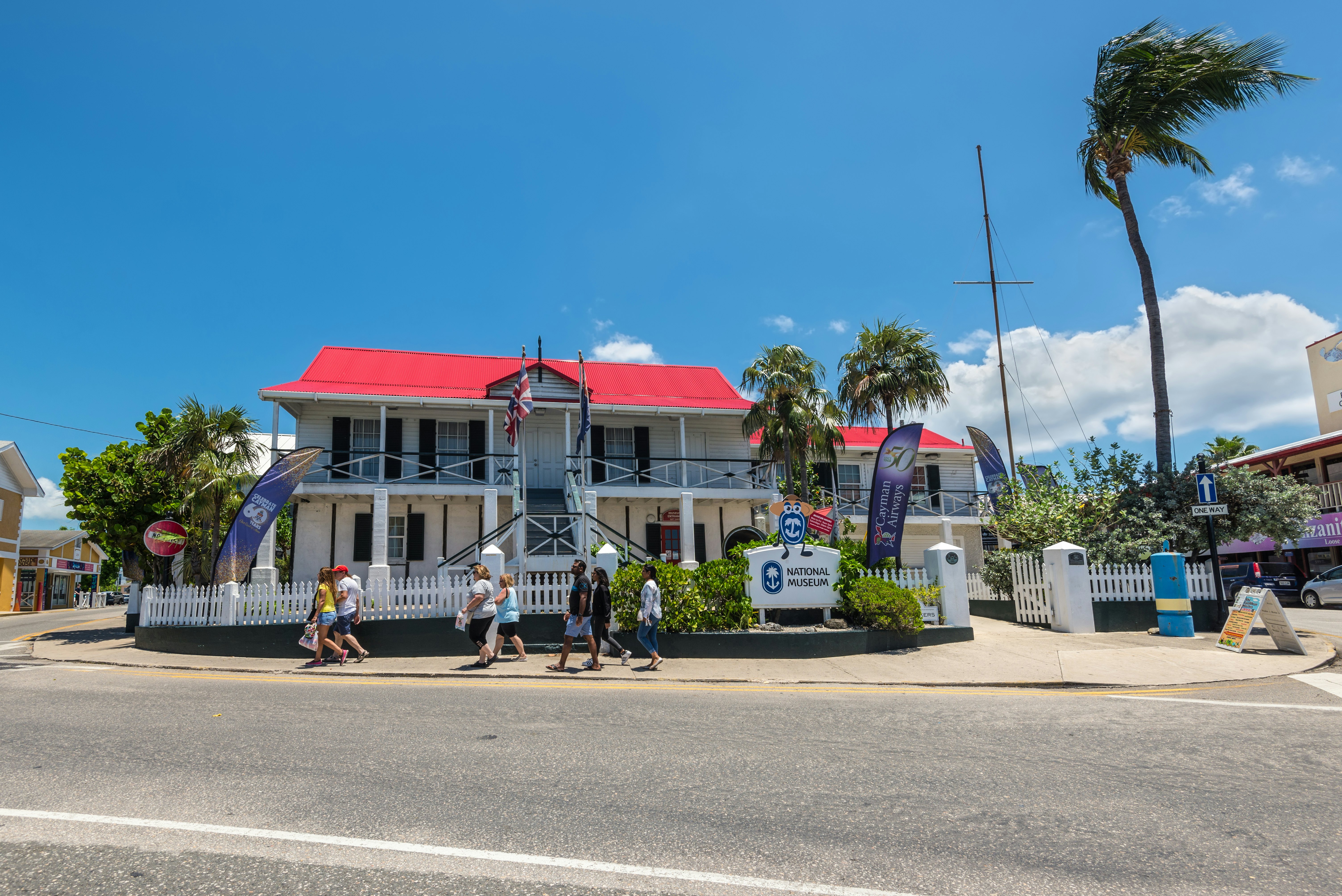
11. Get a history lesson at Cayman’s museums
Known as the “Birthplace of Democracy,” Pedro St James in Grand Cayman is more than just a historic great house, it’s a sensory journey and the site where Cayman’s first elected parliament met.
Step inside to watch evocative multimedia reenactments that showcase the island’s first legislative assembly in 1831.
Don’t miss the original stone walls and wooden shutters, which give a real sense of 18th-century island life. Outside, the manicured gardens invite you to relax while taking in panoramic views of the ocean, with native birds like the Cayman parrot sometimes flitting nearby.
In George Town, the Cayman Islands National Museum offers a treasure trove of artifacts that bring Cayman’s seafaring history alive.
Look closely at intricate ship models, some crafted by local artisans, and the recovered relics from shipwrecks that dot the surrounding reefs. The traditional craft exhibits include handwoven baskets and pottery.
On Cayman Brac, the Brac Heritage House is intimate but packed with character. Visitors often linger over the detailed hurricane survival maps and first-person accounts, plus old fishing gear and boat parts that tell stories of life tied to the sea. The museum’s collection of vintage photographs gives a poignant glimpse of the island’s past.
Little Cayman Museum displays of native shells and coral highlight the area's rich marine biodiversity, while interpretive panels explain the traditional relationship between islanders and the reef. A standout is the small, handcrafted model of a traditional Caymanian fishing sloop.
Detour: After visiting Pedro St James, swing by Mission House in Bodden Town, Grand Cayman, for a look at daily life during Cayman’s early days.
12. Visit the Cayman Turtle Centre
The Cayman Turtle Centre is a family-friendly attraction and a cornerstone of local turtle conservation. It offers an immersive experience where you can see turtles of all ages, from curious hatchlings to massive adults weighing over 500lbs, in carefully maintained lagoons and habitats. Visitors can feed the turtles, explore educational exhibits about their life cycles and conservation challenges, and stroll along boardwalks surrounded by lush tropical vegetation.
However, it’s worth noting that while the center focuses on conservation, it also breeds turtles for meat – a practice promoted by the government to help reduce illegal poaching. Turtle meat is legal and widely enjoyed in Cayman (like in turtle stew, the national dish), and the center is the only authorized place where it can be purchased by people or restaurants.
Beyond turtles, the centre is also home to other native wildlife, including Cayman’s colorful parrots and the massive 11ft Cayman crocodile. It features a natural lagoon perfect for snorkeling alongside sea turtles, an interactive touch tank, and the Blue Hole Nature Trail, which highlights native plants, the national flower and local wildlife.
Planning tip: For a truly moving experience, plan your visit during the hatchling release season between April and September, when tiny turtles emerge from their nests and make their first, perilous dash to the sea.











